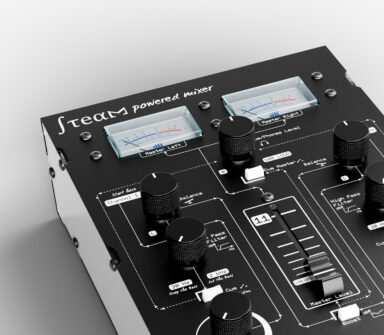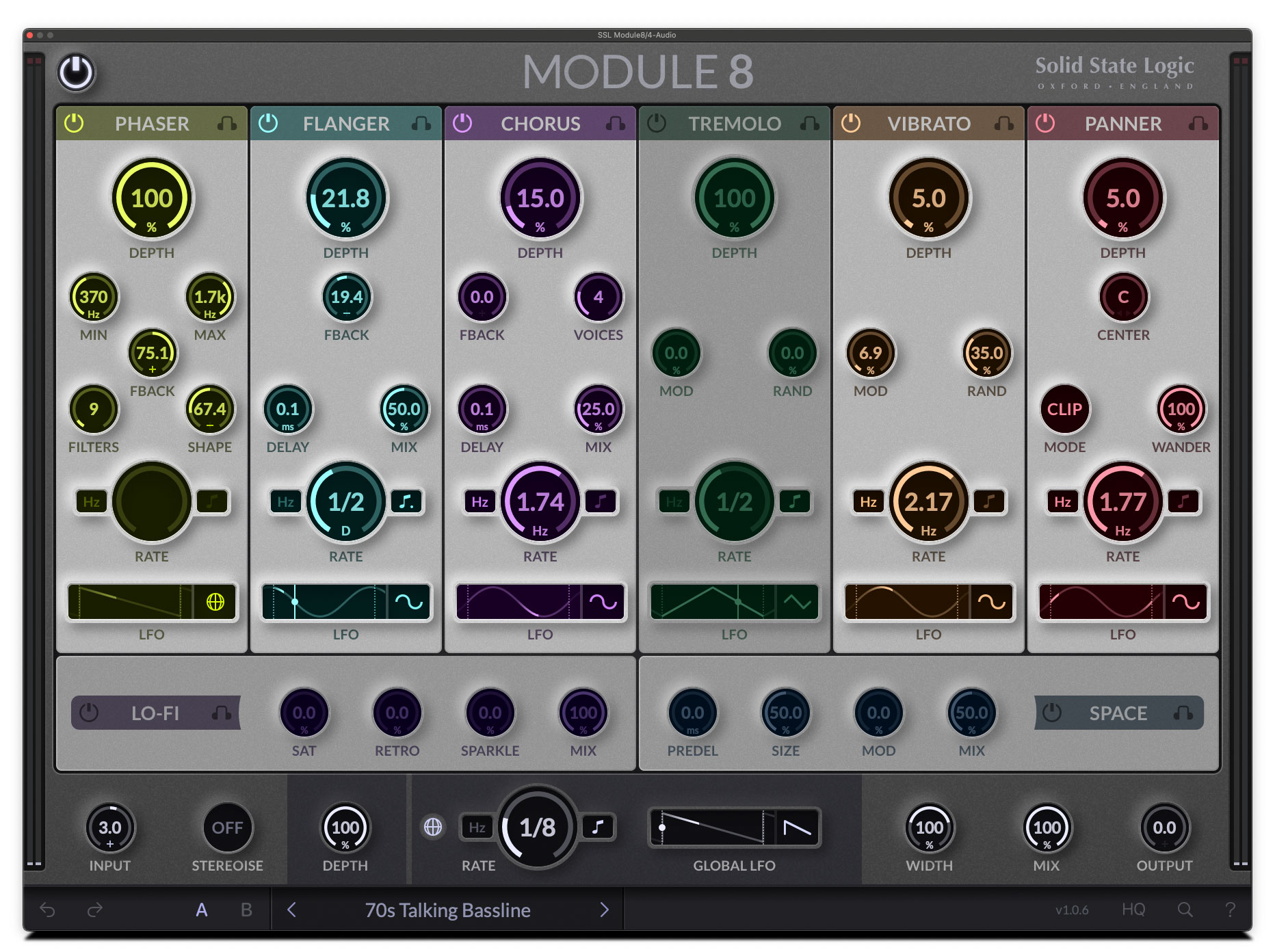U2’s The EDGE on the Sphere, Las Vegas: “It’s a canvas of an unparalleled scale”
Sphere Entertainment today unveiled Sphere Immersive Sound, powered by HOLOPLOT, the world’s most advanced audio system, which provides crystal-clear, individualized sound to every seat in Sphere, a next generation entertainment medium opening in Las Vegas this fall. Sphere Studios, which develops groundbreaking technologies and content, partnered with HOLOPLOT, a global leader in 3D audio technology, to create Sphere Immersive Sound – the world’s largest, fully integrated concert-grade audio system that revolutionizes immersive audio experiences.
U2’s The Edge said, “The beauty of Sphere is not only the ground-breaking technology that will make it so unique, with the world’s most advanced audio system integrated into a structure which is designed with sound quality as a priority; it’s also the possibilities around immersive experiences in real and imaginary landscapes. In short, it’s a canvas of an unparalleled scale and image resolution, and a once-in-a-generation opportunity. We all thought about it and decided we’d be mad not to accept the invitation.”
“Sphere Immersive Sound is a cornerstone of the custom-designed technology that will make Sphere unlike any venue, anywhere in the world, providing audio with unmatched clarity and precision to every guest, no matter where they are seated,” said David Dibble, CEO, MSG Ventures, a division of Sphere Entertainment. “Creating this experience required us to go far beyond existing audio technology, and in HOLOPLOT we found a partner at the forefront of innovation to help achieve our vision and truly transform what is possible with audio.”
“From the beginning, HOLOPLOT has been focused on radically transforming audio technology, rethinking the underlying physics of sound reproduction as we know it,” said Roman Sick, CEO, HOLOPLOT. “Working alongside Sphere Studios on Sphere Immersive Sound has been a truly thrilling opportunity for our team – challenging us to extend the boundaries of our technology at an unparalleled scale and create a revolutionary listening experience.”

Sphere Immersive Sound is the world’s largest concert-grade audio system and was specifically developed for Sphere’s unique curved interior. The system consists of approximately 1,600 permanently installed and 300 mobile HOLOPLOT X1 Matrix Array loudspeaker modules and includes a total of 167,000 individually amplified loudspeaker drivers. The system utilizes HOLOPLOT’s next-generation 3D Audio-Beamforming and Wave Field Synthesis technology to transform how audio is delivered in large-scale venues. This results in controlled, consistent, and crystal-clear concert-grade audio for audiences of up to 20,000 people, providing each audience member with a truly exceptional and personalized listening experience. The entire sound system is completely hidden behind Sphere’s 160,000 square foot interior LED display plane. Any audio transmission losses are fully compensated for by HOLOPLOT’s algorithms in the optimization engine, resulting in clear, full-range sound with virtually no coloration and a completely unobstructed visual LED surface – which wraps up, over and around the audience and combines with Sphere Immersive Sound to create a fully immersive environment.
Traditional loudspeaker technology in large-scale venues can result in audio quality that diminishes as distance from the speakers increases, due to the uncontrolled nature of sound wave propagation. HOLOPLOT’s patented 3D Audio-Beamforming technology uses intelligent software algorithms to create unique, highly controlled, and more efficient soundwaves than conventional speakers, ensuring that levels and quality remain consistent from point of origin to destination – even over large distances. HOLOPLOT’s propriety beamforming technology can also simultaneously send unique audio content to specific locations in the venue, creating the possibility for different sections to hear completely different content – such as languages, music, or sound effects – offering limitless opportunities for truly customized and immersive audio experiences.
Sphere Immersive Sound will additionally utilize HOLOPLOT’s unique Wave Field Synthesis capabilities, a spatial audio rendering technique that leverages virtual acoustic environments. With conventional audio technology, the perceived origin of a sound has traditionally been the location of the loudspeaker. Using Wave Field Synthesis, sound designers can create a virtual point of origin, which can then be placed in a precise spatial location. This enables audio to be directed to the listener so that it sounds close, even though the source is far away – for example, an audience member could hear a whisper that sounds like someone is talking directly in their ear.
Since its founding in 2011, Berlin-based HOLOPLOT has been at the forefront of audio innovation, using 3D Audio Beamforming and Wave Field Synthesis technology to develop groundbreaking audio systems. The multi-award-winning company has received global recognition for its patented technology, and with its unique 3D sound capabilities drew the attention of MSG Ventures – which is responsible for developing the advanced technologies used to create immersive experiences for Sphere.

Sphere Immersive Sound, powered by HOLOPLOT, was first introduced last summer at the Beacon Theatre in New York ahead of being further customized and scaled for Sphere – which leverages the full capabilities of the cutting-edge technology. The introduction of this audio innovation at The Beacon brought a nearly 100-year-old venue into the next generation, setting a new standard for sound quality in performance venues. Since its debut at the Beacon Theatre, Sphere Immersive Sound has offered artists and audiences a glimpse of what the system is capable of delivering, before Sphere opens this fall.
Sphere Immersive Sound is just one aspect of the 22nd century technologies that will work together in Sphere to create extraordinary immersive experiences that activate the senses. In addition to Sphere Immersive Sound and the interior LED display plane, Sphere also features patented 4D technologies such as infrasound haptic seating, and various atmospheric and environmental effects, such as warm breezes, evocative scents and changing temperatures, to create multi-sensory experiences that take storytelling to an entirely new level.
Sphere will open its doors on September 29 with the first of U2’s 25 performances of “U2:UV Achtung Baby Live At Sphere,” and the Darren Aronofsky-directed Sphere Experience, Postcard from Earth, will debut on October 6.
Tickets are currently on sale at thespherevegas.com.




Photo credits: Sphere Entertainment, Holoplot































